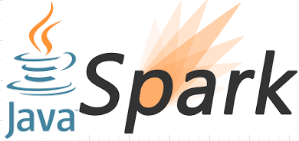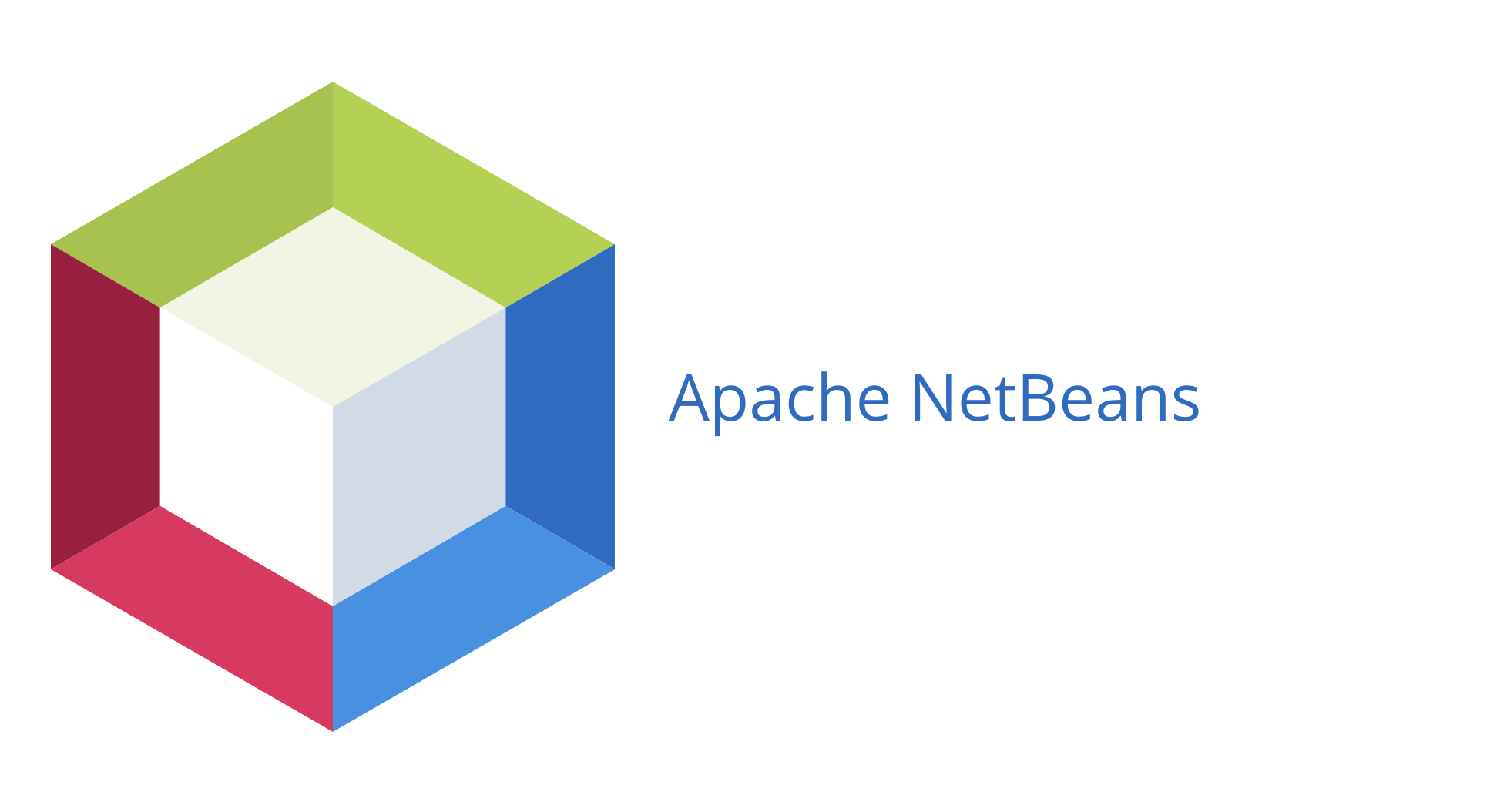Description
Introduction of Java with Apache Spark
This course introduces participants to the powerful combination of Java programming and Spark’s fast, in-memory data processing capabilities. As one of the leading frameworks for big data analytics, Spark enables developers to process large volumes of data quickly and efficiently. By leveraging Java’s strengths, this course equips participants with the skills needed to build scalable and high-performance data processing applications.Apache Spark is an open-source unified analytics engine for large-scale data processing. It provides an interface for programming entire clusters with implicit data parallelism and fault tolerance.
Key Features of Apache Spark:
- Speed: Spark processes data in-memory, which makes it much faster than traditional disk-based processing.
- Ease of Use: It supports high-level APIs in Java, Scala, Python, and R. It also provides a rich set of built-in libraries.
- Advanced Analytics: Spark offers support for SQL queries, streaming data, machine learning, and graph processing.
Setting Up Spark with Java
- Install Java Development Kit (JDK): Ensure you have JDK 8 or above installed. You can download it from the Oracle website.
- Download Apache Spark: Download the latest version of Spark from the official website. Choose the pre-built package for Hadoop.
- Set Up Environment Variables:
- Set SPARK_HOME to the Spark installation directory.
- Add $SPARK_HOME/bin to your system PATH.
Prerequisites of Java with Apache Spark
- Basic understanding of Java programming
- Familiarity with basic SQL concepts is a plus
- Understanding of basic big data concepts is helpful but not mandatory







Reviews
There are no reviews yet.